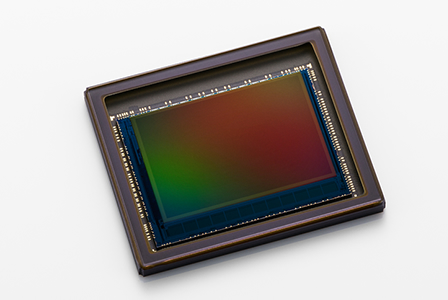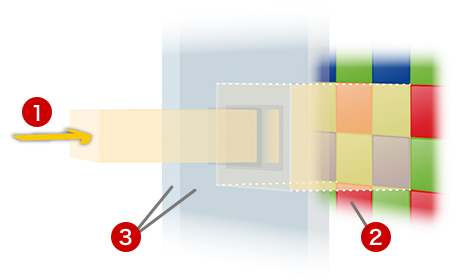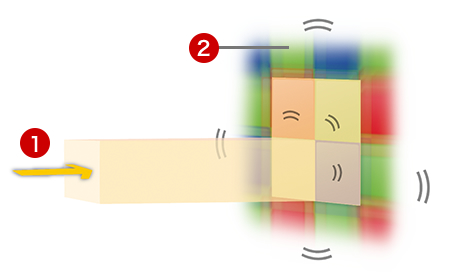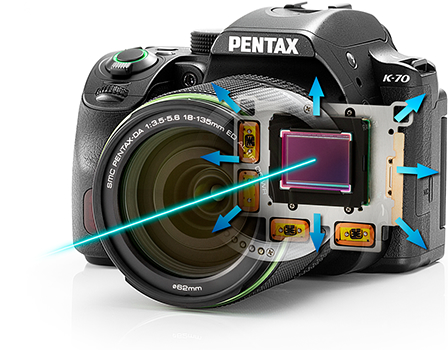Diffraction compensation
Diffraction blur minimized at closed-down apertures
This function compensates the deterioration in the camera’s resolving power that is caused by diffraction phenomena. By properly using lens information to process image data, it compensates the diffraction blur effect by as much as approximately two aperture stops.* This function comes in handy in scenic photography, when you want to close the aperture down to increase the depth of field without compromising the resolving power.
* Measured under RICOH IMAGING in-house testing standards.
• This function is usable with D FA-, DA- and DA L-series lenses. FA-series lenses are also usable, except for some models.


















